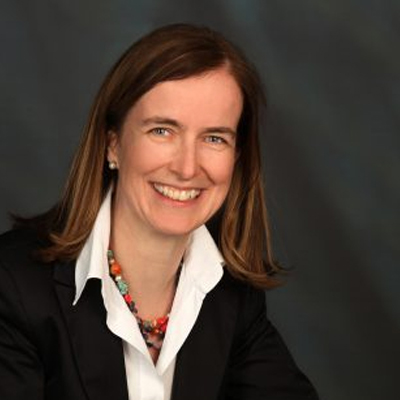WG2 – Phenotyping
Leaders: Barbara Oberamyer-Pietsch and Ines Foessl
Leaders

Members
Description
The objective of this Working Group will be to describe ways to decompose the phenotypes of the different genetic studies into meaningful components that will aid the interpretation of the identified biological pathways.
A “think tank” will be assembled across different layers of expertise including clinical definitions of disease (i.e. fracture, sarcopenia, etc), imaging applications and molecular definitions in humans, but also through the information derived from other cell and organism models on disease processes; the interaction of the different members of the “think tank” will enable the possibility of integrating the different approaches into one working definition of musculoskeletal disease. This Working Group will allow tracing a phenotypic roadmap to dissect the heterogeneous components of disease into more homogeneous and molecularly defined processes. This will allow re-defining disease towards a better understanding of the underlying process and this way having a better likelihood of being able to tailor treatments. This is one step away from the rule “one prescription fits all” and closer to palpable personalized medicine strategies.
This Working Group will also be crucial to establish the transportability of disease mechanisms and phenotyping between species, which is an important step to allocate resources to efforts that are most likely to have an impact on the understanding of disease mechanisms. Further, training on phenotyping techniques will be pursued across the expertise hubs of the network, seeking the setup of a phenotype map in the across cells/tissues, organisms, and human populations.
Deliverables
D2. Position paper on phenotypic variability and endophenotype definitions of osteoporosis in humans and skeletal traits in animal models (document).